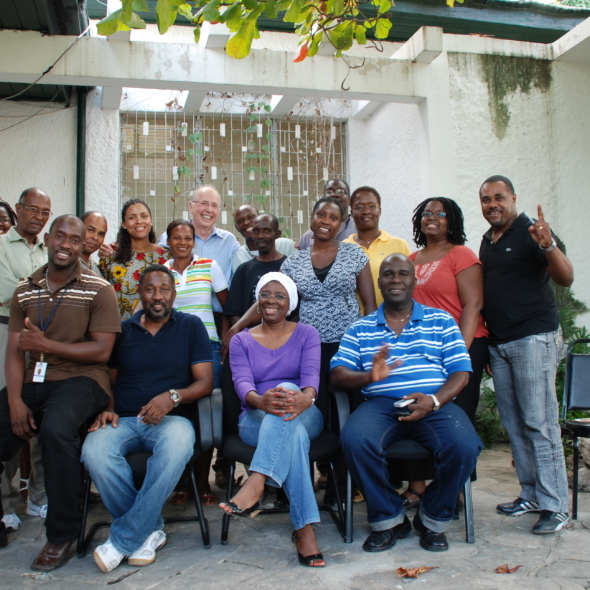By Jo Cooper
How do you feed a city? It’s one of the great questions of our time. Yet it’s one that’s rarely asked. We take it for granted that if we go into a shop or restaurant… there’s going to be food there waiting for us, having magically come from somewhere.
But when you think that every day for a city the size of London, enough food has to be produced, transported, bought and sold, cooked, eaten, disposed of, and that something similar has to happen every day for every city on earth, it’s remarkable that cities get fed at all.
Thus begins Carolyn Steel’s excellent TED talk, “How Food Shapes Our Cities”. Steele is a London-born architect who’s chief interest is in exploring the inner lives of cities. In her new book Hungry City and in this talk, she explores how cities were formed at approximately the same time as the agriculture that made them possible, and that they were shaped around the food being transported into them.
How did Rome feed its million citizens?
Basically, Rome had access to the sea, which made it possible for it to import food from a very long way away… So Rome effectively waged war on places like Carthage and Egypt just to get its paws on their grain reserves. And, in fact, you could say that the expansion of the Empire was really sort of one long, drawn out militarized shopping spree…
London has it’s Bread Street, where grain came in from the Thames in the 17th century, and Fish Street, where the daily catch was traded in the open air. Boston has it’s Milk Street, one of the earliest and oldest streets in the heart of the old town (Benjamin Franklin was born at No. 1 Milk Street). Here in Washington, DC, farm markets are springing up and becoming the heart of neighborhoods all over the city. Back to the future? I like to think we are cultivating the best from the past.
Watch for part 2 on this fascinating talk.


